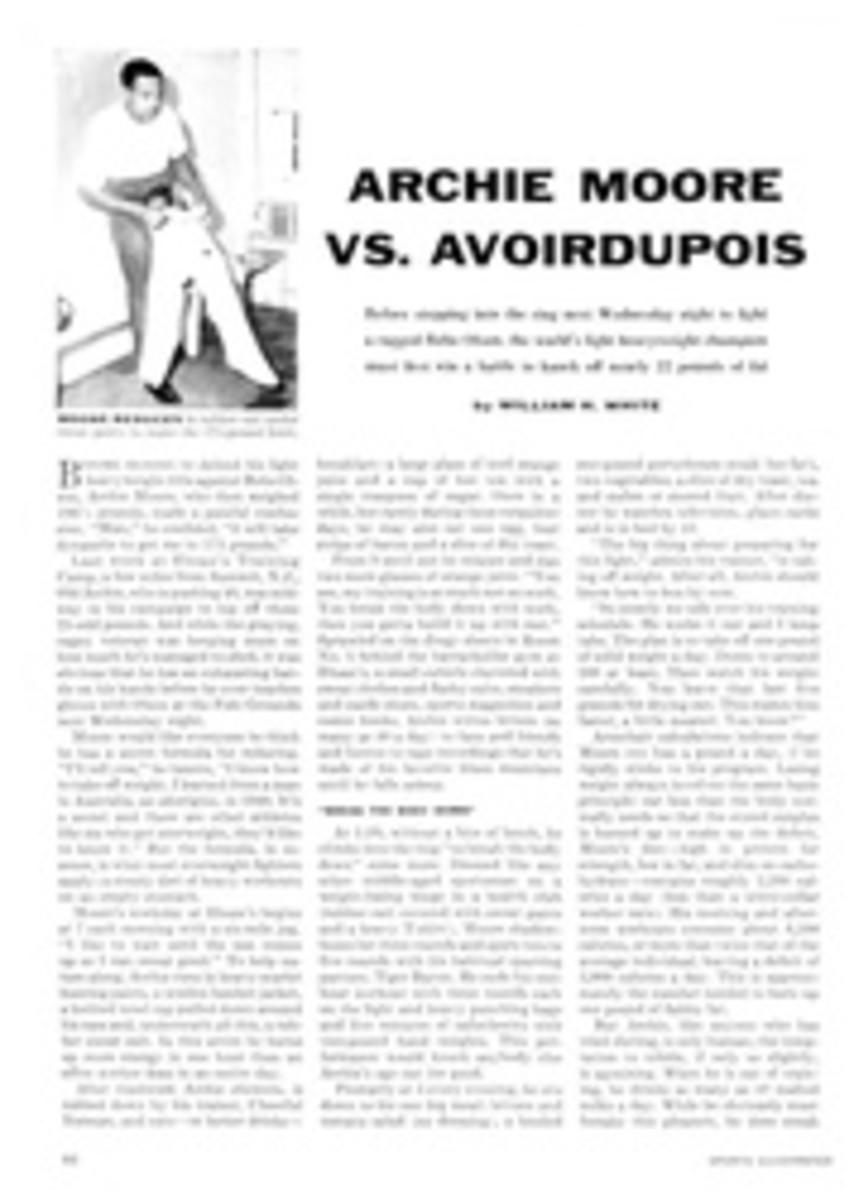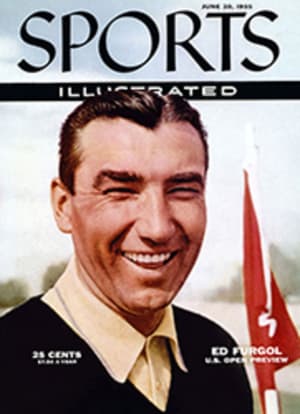
THE OLYMPIC GETS AN OVERHAUL
This year in San Francisco it has again been my privilege to work with the U.S. Golf Association and the host club in analyzing the playing values of the course selected as the site of the Open championship and then to change and modify the course so that the player who has made the best golf shots will emerge the champion. This modification is done in several ways. First, the course is stretched to its ultimate length. The fairways are drawn in, the rough alongside the fairway is allowed to grow to a height of two to three inches and the stretch of rough for the next 15 or 18 feet from the fairway is allowed to grow four or five inches high. Traps are altered to protect pin positions, usually by extending them part of the way across the entrance to the green. Additionally, to penalize inaccurate approaches, rough is allowed to grow around the whole perimeter of the green.
There are several characteristics that make the Olympic Club, the venue of the 1955 Open, different from the courses on which the championship has recently been held. For one thing, the holes are completely tree-lined. Compared to Merion, Oakmont and Baltusrol its greens are small. Only 6,700 yards long, the course is the shortest on which the Open has been held during the last five years. Nevertheless, it does possess a high percentage of long and testing holes and should prove a thorough examination in golf.
The hole that demanded the most ingenuity in revision was the 7th, 266 yards in length and previously the weakest hole on the course. We strengthened it by letting almost the entire fairway grow into rough, leaving a small fairway area we are calling the Dewdrop, so that from the tee the player is confronted with hitting a small target before playing his pitch to the green. We also brought the trap before the green completely across the face and then partly along both sides, and further increased the difficulty by adding a crown contour in the center of the green. Now you must earn your birdie on the 7th.
The hole that underwent the most drastic revision was the 14th. Previously this hole was a dog-leg to the left, 410 yards long. The fairway was broad, with a wide sweep to the right and a trap on the left; the green entrance was flank-trapped but with a generous opening. If a player had a fairly long drive and caught the down slope it left him with a relatively short approach to the green. To fortify this hole, the trap to the left was eliminated and the fairway to the right was narrowed considerably. At the green, the trapping was pulled diagonally across the face of the green so that the opening is from the left side of the fairway. This change makes the desired position on the drive well to the left-hand side of the fairway. Placing your drive in that position involves the tremendous risk of hooking into the trees and possibly rolling down the hill into a very ugly barranca.
The finish at Olympic is strong. The 16th hole, 603 yards to a small green, will require two big woods and a manly iron. The 461-yard 17th, a par four uphill and probably the most controversial hole on the course, was originally a five, and even the best pros will find reaching it in two extremely nerve-racking. The finishing hole may prove to be the glamour hole of the course. It is walled in by hills which form a natural amphitheater from which 20,000 spectators can watch the finish of the tournament. The hole is only a drive and a pitch, but the fairway is narrow and the elevated green is tightly trapped and its surface has an extreme uphill tilt. If one goes 10 or 15 feet beyond the pin, the possibility of three-putting is quite likely. Here before the eyes of the multitude the climactic drama may be staged.
[originallink:10461536:42734]
ILLUSTRATION
FRED ENG
SWEPT BY FOG AND WIND FROM THE PACIFIC, SAN FRANCISCO'S OLYMPIC CLUB COURSE IS SHORT BUT HARROWING EXCURSION FOR TOP GOLFERS
CLUB HOUSE AREA
SKYLINE BOULEVARD
LAKE MERCED BOULEVARD
1
530
2
423
3
220
4
433
5
457
6
437
7
266
8
139
9
420
10
417
11
429
12
387
13
187
14
410
15
144
16
603
17
461
18
337
PHOTO
THE U.S. OPEN TROPHY
THE OPEN IN FACTS AND FIGURES
EVENT—The 55th United States Open Golf Championship
PLACE—The Lake Course of the Olympic Club, San Francisco
DATES—Thursday, June 16, through Saturday, June 18
DEFENDING CHAMPION—Ed Furgol
TOURNAMENT—72 holes, medal play; low 50 on first 36 holes eligible to play final 36 on Saturday
CONTESTANTS—132 professionals and 30 amateurs, survivors of 1,529 entrants
PRIZES—$5,000 and trophy at left

